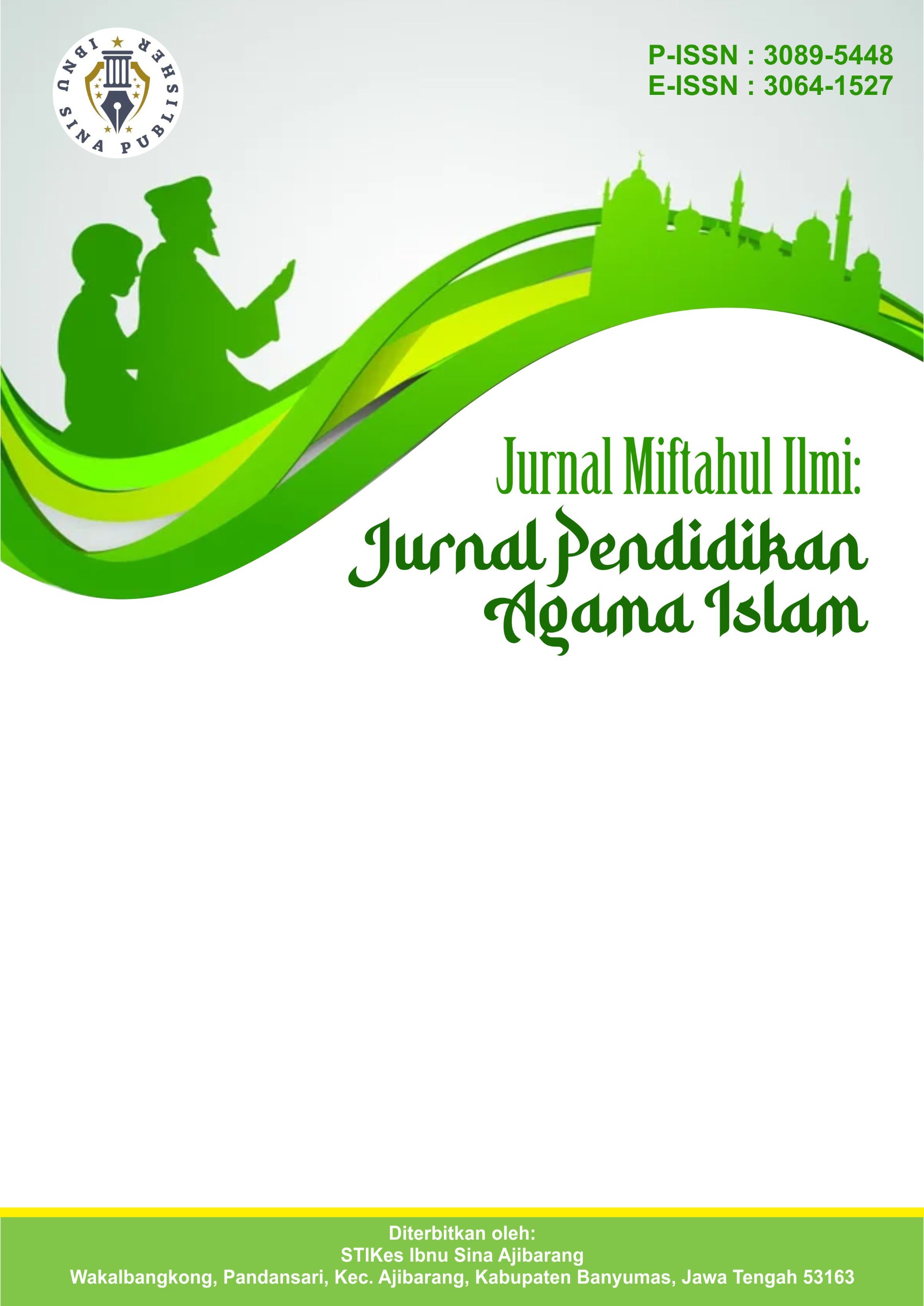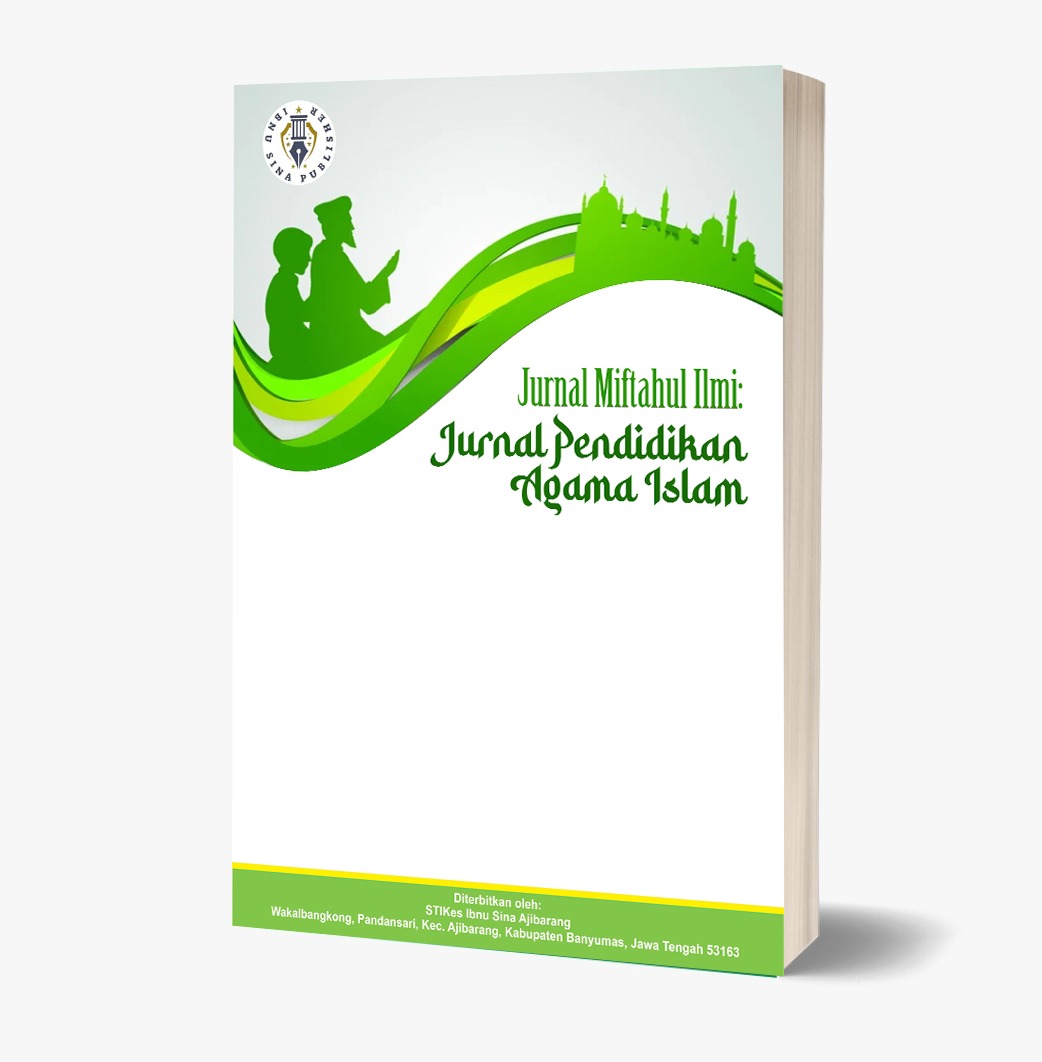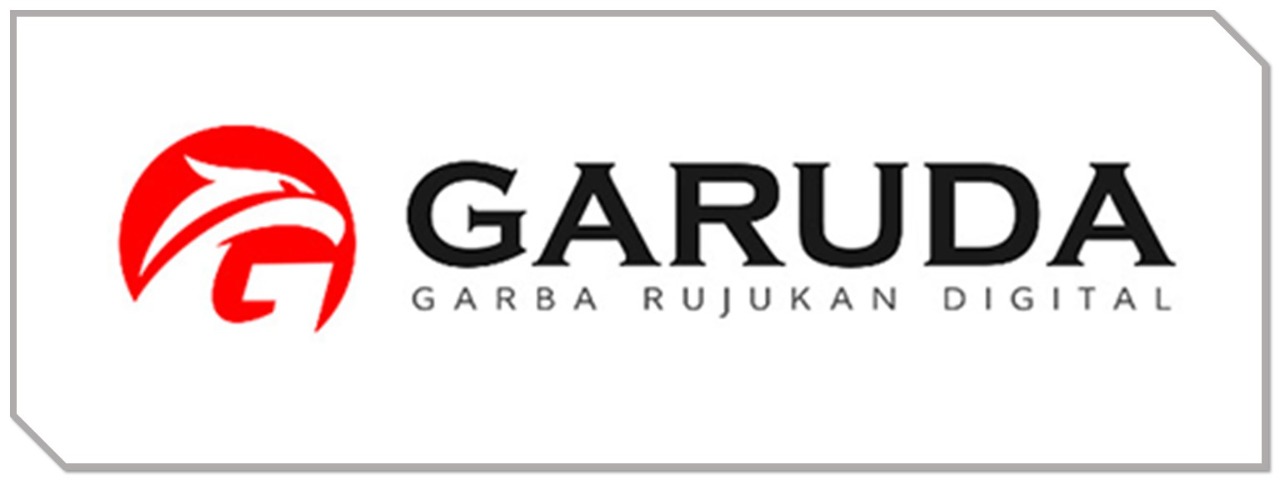Meningkatkan Kemampuan Membaca Fasih Al-Qur'an Melalui Video Pembelajaran Interaktif Pada Mata Pelajaran Al-Qur'an Hadist di MTS Islamiyah
DOI:
https://doi.org/10.59841/miftahulilmi.v2i2.82Keywords:
Al-Qur'an Hadith, Interactive Learning Videos, Qur'an Reading AbilityAbstract
This study aims to improve students' ability to read the Qur'an fluently through interactive learning videos in the subject of Al-Qur'an Hadith at MTs Islamiyah. The method used is Classroom Action Research (CAR) with the Kemmis and McTaggart model, which consists of planning, action, observation, and reflection. The research subjects were 30 eighth-grade students. Data were collected through reading ability tests, observations, and interviews, then analyzed descriptively. The results showed a significant improvement in the ability to read the Qur'an fluently. In the pre-cycle, students' learning mastery only reached 50% with an average score of 65. After the implementation of interactive learning videos, mastery increased to 70% with an average score of 75 in the first cycle and 90% with an average score of 85 in the second cycle. This improvement was also seen in students' interest and active participation during the learning process. In conclusion, the use of interactive learning videos is effective in enhancing the ability to read the Qur'an fluently. It is recommended that teachers continue to integrate interactive learning media to improve the quality of learning, especially in the Al-Qur'an Hadith subject.
References
Adawiyah, F. (2021). Variasi metode mengajar guru dalam mengatasi kejenuhan siswa di sekolah menengah pertama. Jurnal Paris Langkis, 2(1), 68–82.
Ahmar, H., Budi, P., Ahmad, M., Mushawwir, A., & Khaidir, Z. (2020). Penerapan model pembelajaran problem based learning: Literature review. Jurnal Keperawatan Muhammadiyah, 10–17.
Farias, R. L. S., Ramos, R. O., & da Silva, L. A. (2009). 180 computer physics communications model dan metode.
Haryanto, D. P. (2007). Inovasi pembelajaran. Perspektif Ilmu Pendidikan, 16(VIII), 102–119.
Khaironi, M. (2017). Pendidikan karakter anak usia dini. Jurnal Golden Age, 1(02), 82.
Khaulani, F., S, N., & Irdamurni, I. (2020). Fase dan tugas perkembangan anak sekolah dasar. Jurnal Ilmiah Pendidikan Dasar, 7(1), 51.
Kholid, M., & Irawan, A. S. (2023). Fenomena maraknya perkawinan anak di bawah umur di era pandemi perspektif gender. As-Sakinah Journal of Islamic Family Law, 1(2), 81–98.
Kurniati, K. N., & Watini, S. (2022). Implementasi metode bernyanyi asyik dalam meningkatkan semangat belajar anak di Raudhatul Athfal Al Islam Petalabumi. Aksara: Jurnal Ilmu Pendidikan Nonformal, 8(3), 1873.
Machali, I. (2022). Bagaimana melakukan penelitian tindakan kelas bagi guru? Indonesian Journal of Action Research, 1(2), 315–327.
Muhaemin, B. (2013). Urgensi motivasi dalam meningkatkan semangat belajar siswa. Adabiyah, 13(1), 47–54.
Nurhidayah, I. J., Wibowo, F. C., & Astra, I. M. (2021). Project based learning (PjBL) learning model in science learning: Literature review. Journal of Physics: Conference Series, 2019(1), 3–9.
Prihantoro, A., & Hidayat, F. (2019). Melakukan penelitian tindakan kelas. Ulumuddin: Jurnal Ilmu-Ilmu Keislaman, 9(1), 49–60.
Sari, R. T., & Angreni, S. (2018). Penerapan model pembelajaran project based learning (PjBL) upaya peningkatan kreativitas mahasiswa. Jurnal VARIDIKA, 30(1), 79–83.
Septiawan, T., Rakhamdi, A., & Kurniawan, A. P. (2013). Pengenalan dan pembelajaran cara membaca Al-Quran (Ilmu Tajwid) berbasis mobile Android. International Journal of Ambient Systems and Applications, 1(1), 1–9.
Zhou, Y., & Wang. (2020). Jurnal pendidikan biologi dan sains. Retrieved from file:///C:/Users/VERA/Downloads/ASKEP_AGREGAT_ANAK_and_REMAJA_PRI NT.docx, 21(1), 1–9.

















